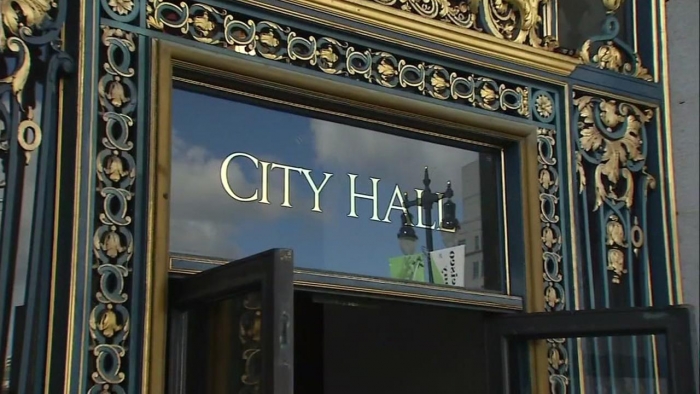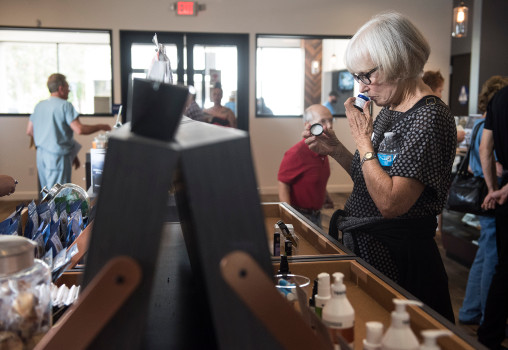The Bureau of Cannabis Control issued the first round of temporary licenses for commercial cannabis businesses on Thursday, almost 18 days ahead of the Jan. 1 project deadline.
The 20 temporary licenses were issued through the department’s Cannabis Licensing, Enforcement and Reporting (CLEaR) project.
“The focus of the initial project was to ensure that licenses could be issued by Jan. 1, so that businesses that are in operation could continue to be in operation and not be in violation of state law,” Ean Darbo told Techwire in an interview. Darbo is the managing director for Visionary Integration Professionals, the contractor implementing the Accelasolution for CLEaR and the Department of Food and Agriculture’s project to license cannabis growers.
“We have two different projects going on, both implementing Accela for those two different departments,” Darbo said.
According to Darbo, both the VIP projects are under budget.
“This bureau … is pretty freaking phenomenal, I have to say. It has been insanely exciting. We did it before we had to [because of] agile implementation and a great customer; the customer deserves a lot of kudos,” Darbo said.
The CLEaR project has a six-month extension to implement the enforcement portion of the Accela software.
The Department of Food and Agriculture is also running another project to track all cannabis plants, from seed to sale.
The licenses for the retailers, distributors, microbusinesses and testing labs were issued only to businesses that already have local jurisdiction authorization to operate. The state licenses will not be valid until Jan. 1 and will only last 120 days; then, permanent licenses will be required.
As of Thursday, 1,900 users were registered on the CLEaR system and at least 200 applications were submitted.
While the Department of Technology has labeled the user stories as cautionary on the independent project oversight report, Darbo believes that is a reaction to the necessity of changing plans as requirements change in agile projects.
“This is a whole new thing so we expected to be getting new user stories in requirements up until the regulations were completed. That’s why this project was agile, because it allows for that flexibility a lot more than a waterfall implementation ever would,” Darbo said. “We didn’t have time for that here, we had to be building the solution as the requirements were changing.”
User stories are about how the requirements are tracked and are tied to regulations, which with this project changed often. The emergency regulations were approved in early December.
“The state did a phenomenal job of abiding by state process but clearing obstacles as they went through this agile implementation to make sure they could meet this deadline. It was a team effort, but I’ve never had a state customer that understood how important they were and what their part of an implementation is as this customer,” Darbo said.














